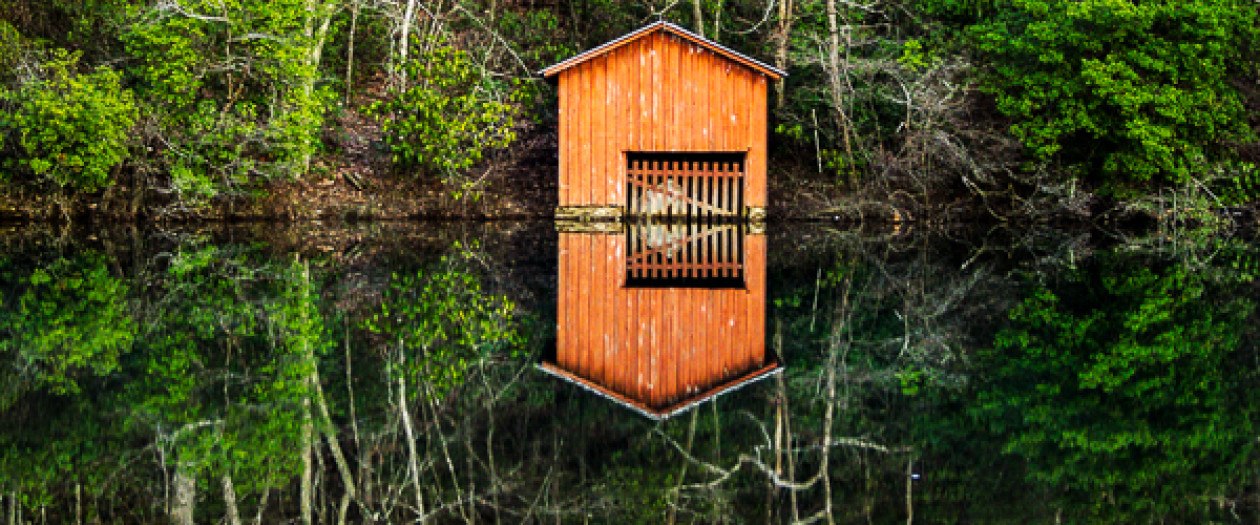Aperture is one of the more difficult concepts to grasp in photography. The numbers don’t seem to make sense, and it’s just messy.
Aperture is one of the three settings we adjust to get a good exposure. The other two are the shutter speed and ISO. Once you find your exposure, you can change any two of them to stay in balance, and get a different result in the photo, like changing your depth of field, or stopping the motion of a car whizzing by, or the swing of a baseball bat. But more about that later…
Aperture determines the depth of field, or how much is in focus, in front of, and behind, whatever you’ve focused on. The number is the size of the opening in the diaphragm that lets the light in. A small hole (big number), a little light, and a wider depth of field. If you want everything is focus, you pick a smaller hole size. If you want only a little bit in focus, use a larger hole (small number). It may be easier to think of it as how much I want to see in focus, the larger the area, the bigger the number, forget the rest.
- f/1.8,
- ISO 400,
- 1/4000 sec
- f/8.0
- ISO 400
- 1/800 sec
- f/22
- Iso 400
- 1/100 sec
In the above photos, you can see the change in depth of field as we increase our f stop from 1.8 to 22.
The hole sizes are described as f-stops. From f1.4, f2, f2.8, f4, f5.6, f8, f11, g16, f22, f32, each stop cuts the amount of light in half, as you go from small number to large.
Once we start learning about our camera, most of us want a lens that is capable of really short depth of field, because we can blur the background, and minimize distractions. However, really low f-stops come with big price tags. Kit lenses, the ones that come with entry level DSLR’s, don’t have the low f-stops you need to really dial the depth of field down. And with less expensive telephoto lenses the minimum f-stop number changes as you zoom in and out, while a more expensive lens has a fixed minimum f stop. Again, it takes a lot of expensive work to build a lens with a fixed, low f-stop capability.
For those who want to get a taste of what you can do with a small depth of field (small aperture), I recommend the “nifty fifty”. This a very inexpensive lens, with an f1.8 aperture.
The Canon lens has been around for a long time, which has helped to keep the price low. The Nikon version is also a great buy, but make sure you get the 50mm f1/8G AF-S lens. It is twice the price of the Canon, because Nikon puts the auto-focusing motor in the lens, instead of in the camera body, like Canon.
These lenses are a great place to start for portraits. You have to get a little closer, but the quality, focal length and depth of field control make them worth your while. The 50mm lens give an image close to what your eye sees naturally, so a lot of folks use it for portraits (especially on a crop sensor).
UPDATE: Canon has release an updated version of their 50mm f1/8 lens. This one is still inexpensive at $125, but has a stepping motor for smoother focusing with video, and a metal mount, instead of the plastic of the old model.
So, now you have a basic understanding of aperture. When you combine it with shutter speed and ISO, you have the makings of a great exposure.
Check out my posts on these topics, as well as one that ties them all together and explains how they can be changed to give those effects we talked about.
I hope this helped you to understand aperture a little better. If you have any questions, or comments, please drop me a comment. And don’t forget to sign up for my free guide to 5 tips for getting professional looking photos.







